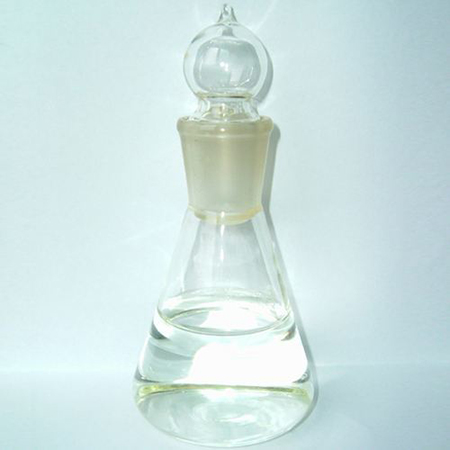Active Pharmaceutical Ingredients (API), popularly speaking, are the raw materials of medicines, only pharmaceutical raw materials are processed into pharmaceutical preparations , can they become medicines available for clinical use, so drugs we usually eat are the finished drugs through processing. Active Pharmaceutical Ingredients based on its sources can be divided into two major categories ,including chemical synthetic drugs and natural chemical drugs. Chemical synthetic drugs can be divided into organic synthetic drugs and inorganic synthetic drugs. Inorganic synthetic drugs are inorganic compounds ( very few is element), such as aluminum hydroxide, magnesium trisilicate which are used for the treatment of gastric and duodenal ulcers ; organic synthetic drugs are mainly composed of drugs made by basic organic chemical raw materials, through a series of organic chemical reactions (such as aspirin, chloramphenicol, caffeine, etc.). Natural chemical drugs ,based on its sources,can be divided into two categories including biochemical drugs and plant chemical drugs. Antibiotics are generally made by the microbial fermentation, which belongs to the biochemistry category. A variety of semi-synthetic antibiotics occurs in recent years,which are biosynthesis and chemical synthesis combining products.Among active Pharmaceutical Ingredients, the organic synthetic drugs varieties, yields and values have the largest proportion,which are the main pillars of the chemical and pharmaceutical industries. The quality of active Pharmaceutical Ingredients decides whether the formulation is good or bad , so its quality standards are very strict ,countries in the world have developed national pharmacopoeia standards and strict quality control methods for its widely used active Pharmaceutical ingredients.
Voriconazole:azole drug
Voriconazole (Vfend, UK-109,496) is a synthetic triazole derivative with potent broad-spectrum activity. Its structure is similar to fluconazole, but one triazole ring is replaced with a fluorinated p
Mar 29,2022 APIMechanism of action of Ethionamide
Ethionamide (2-ethyl-4-pyridinecarbothioamide) is a derivative of isonicotinic acid that was first synthesized in France in 1956 and quickly shown to be an effective anti-anti-tuberculosis agent. It i
Mar 29,2022 APISide effects of Para-aminosalicylic acid
Para-aminosalicylic acid (PAS) was discovered as a result of a deliberate search for antituberculosis drugs. In 1941 Bernheim showed that salicylic and benzoic acids increase the oxygen consumption of
Mar 29,2022 APIThe review of levodopa
Levodopa is a precursor drug of dopamine (DA), which has no pharmacological activity.
Mar 29,2022 APIReaction of 1-Hexene
1-hexene is an organic compound with chemical formula C6H12. It is a colorless liquid, insoluble in water, soluble in ethanol
Mar 29,2022 APIEffect of glufosinate ammonium on environment
Glufosinate ammonium is a broad-spectrum contact killing herbicide
Mar 29,2022 APIApplication of Sorbic acid
Sorbic acid, also known as herbal tea acid, 2,4-hexadienoic acid, 2-propenyl acrylic acid.
Mar 29,2022 APIMechanism of action of Streptomycin
Streptomycin was the first antibiotic to be effective against tuberculosis and was the first drug of any kind to be tested in a randomized controlled trial. It is a natural product produced by a soil
Mar 28,2022 APIToxicity of Rifapentine
Rifapentine is a cyclopentyl-substituted rifampicin derivative, originally synthesized in 1965 and subsequently approved for use in the USA in 1998. It is bactericidal against Mycobacterium tuberculos
Mar 28,2022 APIUses and Toxicity of Rifaximin
Rifaximin (4-deoxy-4u-methylpyrido[1u,2u-1,2]imidazole-[5,4c]-rifamycin SV) is a synthetic antimicrobial and derivative of rifamycin. It was first described, as compound L-105, in 1982 and marketed in
Mar 28,2022 API











